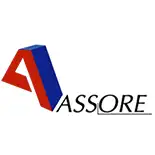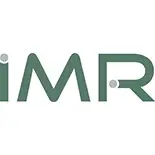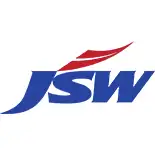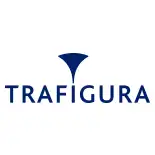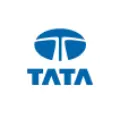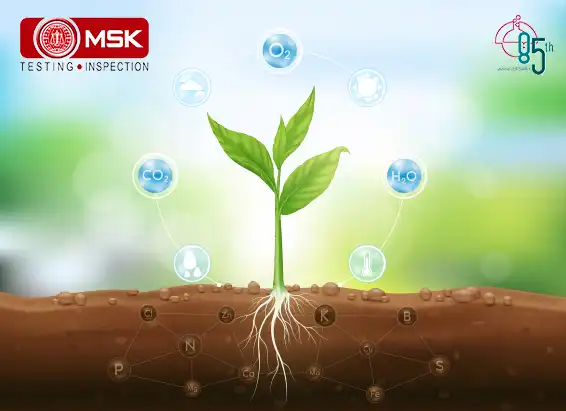
NPK fertilizers are a class of complex fertilizers that contain the elements nitrogen, phosphorous and potassium.
Nitrogen is used by the plants to provide leafy growth and formation of stems and branches. Basically, the more leaf a plant produces, the higher is its nitrogen requirement.
Phosphorous is essential for seed germination and root development. It is useful particularly for young plants forming their root system and by food and seed crops. Root vegetables such as carrots and turnips need plentiful phosphorous to develop well.
Potassium assists in flower and fruit production and is vital for maintaining growth and resisting diseases. Carrots, potatoes, tomatoes and apples all need plenty of potassium to crop well.
AIM OF THE WORK:
The common practice of potassium estimation is to employ flame photometry. High phosphorous content in NPK fertilizers has a considerable interference on the potassium emission line. Phosphorous needs to be removed to avoid interference and consequently the method becomes cumbersome as well as time consuming. To avoid the interference due to presence of high phosphorous, gravimetry is the best alternative as the method does not require the removal of phosphorous.
PRINCIPLE:
The method requires the removal of organic matter as well as ammonium compounds. Organic matter is removed by incinerating the sample at 450°C for 2 hours followed by the digestion with HCl, masking of interfering ions by adding EDTA, followed by the precipitation of potassium as potassium tetraphenylborate in slightly alkaline medium by the addition of sodium tetraphenylborate solution.
Reaction involved:
K+ + NaB(C6H5)4 = KB(C6H5)4 + Na+
EXPERIMENTAL SECTION:
The sample is incinerated at about 450 ℃ for 2 hours and the incinerated sample digested with 10 ml HCl and 50 ml water, evaporated to dryness. Then 5 ml HCl and 50 ml water added to make a solution that is filtered in a suitable volumetric flask, washed with hot water and after cooling the volume was made up to the mark.
An aliquot withdrawn (equivalent to 0.04-0.05 g of the sample) from the stock solution to a beaker and 50 ml of water along with 10ml of 4% EDTA solution were added. In presence of the phenolphthalein indicator the solution was made alkaline, boiled for 10-15 minutes to eliminate ammonium compounds. The solution was then cooled and to the cold solution 50 ml of 1% solution of sodium tetraphenylborate was added with constant stirring for about 5 minutes. The precipitate formed was allowed to settle for 1 hour, filtered in a gooch crucible (G-4) previously dried at 120℃, washed 3-4 times with the diluted solution of the reagent solution and finally with ice cold water. The precipitate was dried at 120℃ to constant wt. and weighed as KB(C6H5)4 after cooling in a desiccator.
Sodium tetraphenylborate reagent:
2.5 g of the solid reagent was dissolved in 150 ml of water and 2ml of 5 N NaOH solution and 10 ml of 20% MgCl2,6H2O solution were added to it. The mixture was stirred for about 20-30 minutes and filtered through Whatman 40 filter paper. The solution is transferred to a 250 ml plastic volumetric flask and kept in cold condition.
Washing solution:
10 ml of the reagent solution was diluted to 500 ml by adding water.
RESULTS:
Two samples were taken for the experiment containing 26% K2O and 47% K2O. Experiment carried out in triplicate for both the samples. The findings are as follows:
| Commodity | Values of K2O obtained | ||
| Run 1 | Run 2 | Run 3 | |
| NPK containing 26% K2O | 26.10 % | 26.22 % | 26.03 % |
| NPK containing 47% K2O | 47.08 % | 47.12 % | 46.94 % |
CONCLUSION:
The method optimized here provides several advantages. It is economic, fast, accurate and recovery is very much acceptable. Removal of phosphorous which is cumbersome and time consuming in the flame photometric estimation can be bypassed. Moreover, reagents and consumables required are easily available. Consequently, this methodology is very much applicable to quantify higher amount of potassium in NPK fertilizers.
Contributed by Kajal Ray under the guidance of Prof. Barun Gupta.


Chief Operation, FAMD, Tata Steel Limited..


Sr. General Manager,, Emirates Trading Agency L.L.C..


Mines Manager, Hindustan Zinc Limited, a Vedanta Company.


General Manager, Stevin Rock L.L.C..


Executive Vice President (Works),, DCW Limited.


AVP – Coal Quality & Sales Compliance Head,, PT Indo Tambangraya Megah Tbk (BANPU).

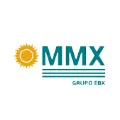
Laboratory Head, MMX.

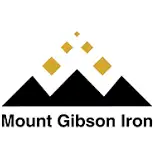
Shipping Administrator, Mount Gibson Iron Limited.


Senior Director – Asia Pacific Iron Ore Sales,, Cliffs Natural Resources Pty Ltd..


Member, Compass Group (India) Pvt. Ltd.

Posted on December 16 2025 By Mitra S.K ADMIN
Read More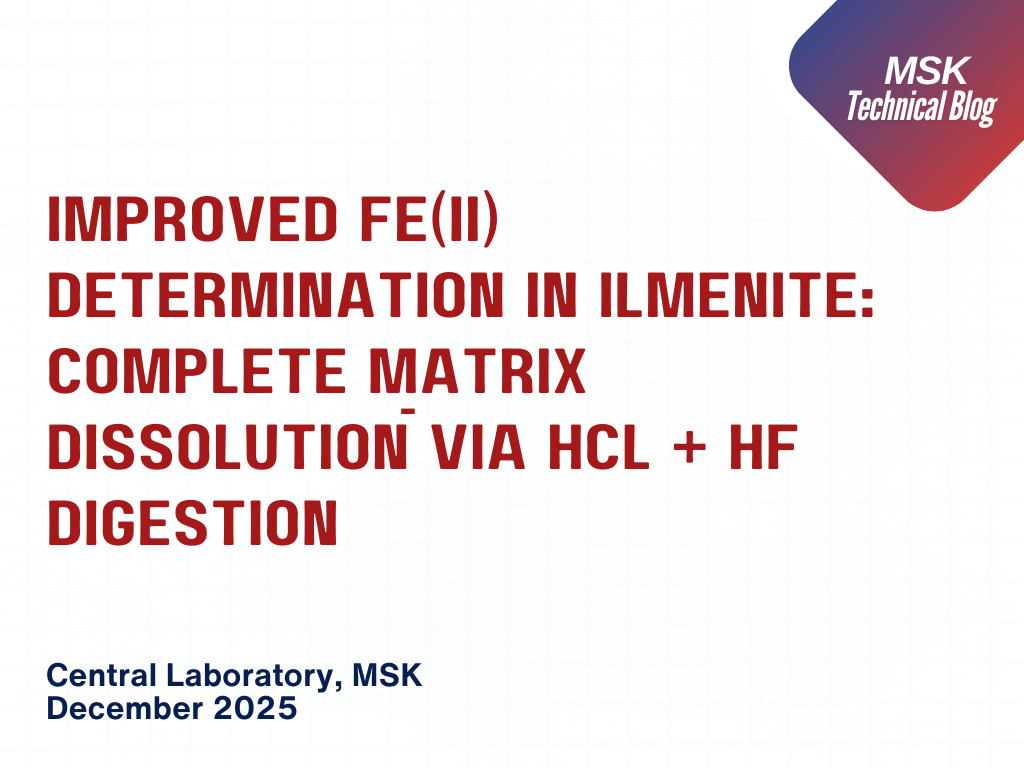
Posted on December 16 2025 By Mitra S.K ADMIN
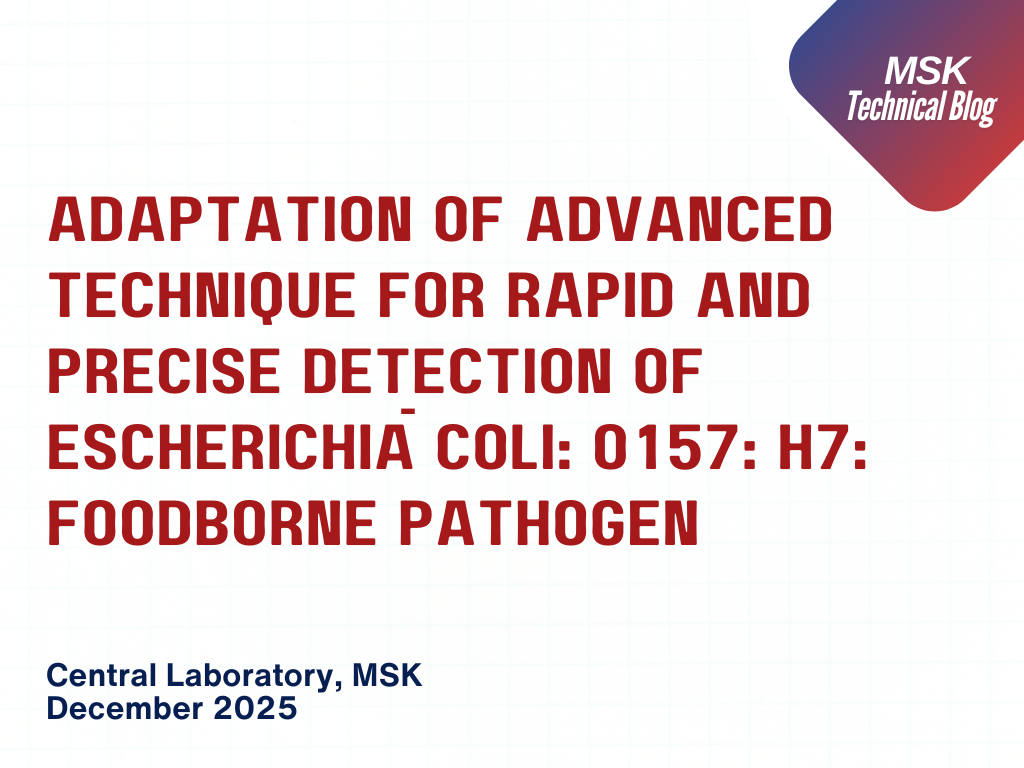
Posted on December 16 2025 By Mitra S.K ADMIN

Posted on December 11 2025 By Mitra S.K ADMIN
![Estimating Cobalt by UV-Vis Spectroscopy: The [CoCl?]²? Acetone Method](https://mitrask.com/uploads/blogs/1764834098Estimating%20Cobalt.png)
Posted on December 04 2025 By Mitra S.K ADMIN
Posted on December 04 2025 By Mitra S.K ADMIN
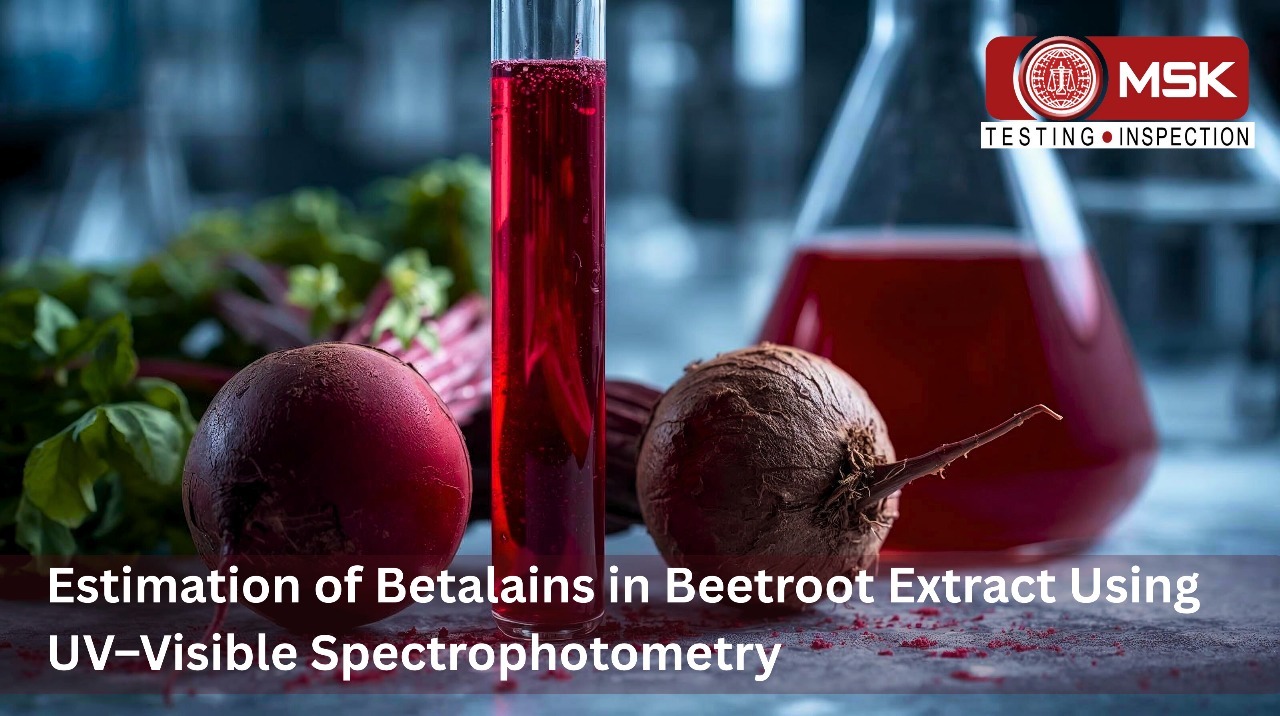
Posted on November 12 2025 By Mitra S.K ADMIN
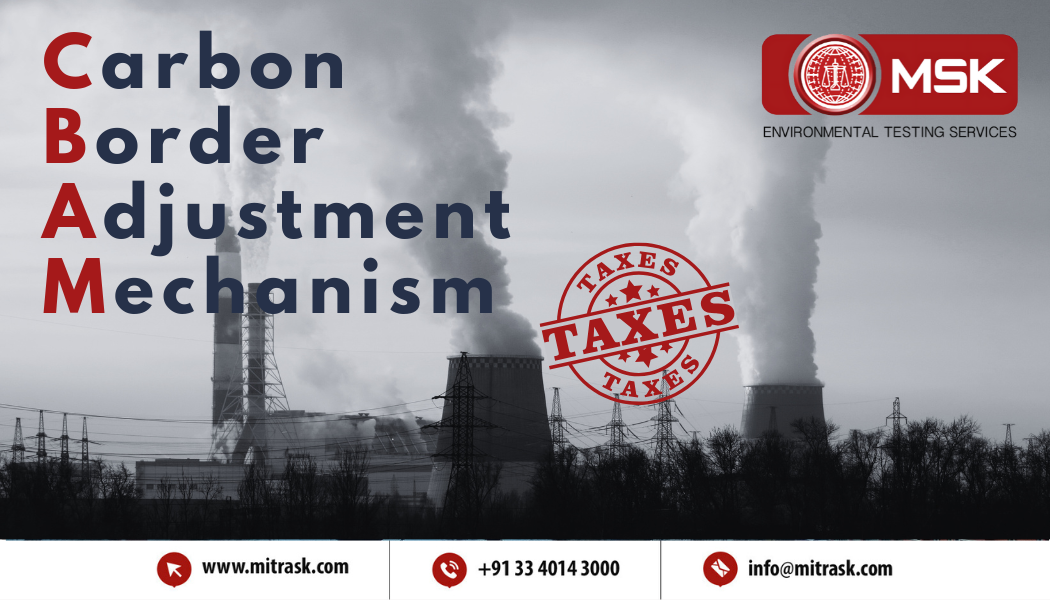
Posted on September 23 2025 By Mitra S.K ADMIN

Posted on August 01 2025 By Mitra S.K ADMIN
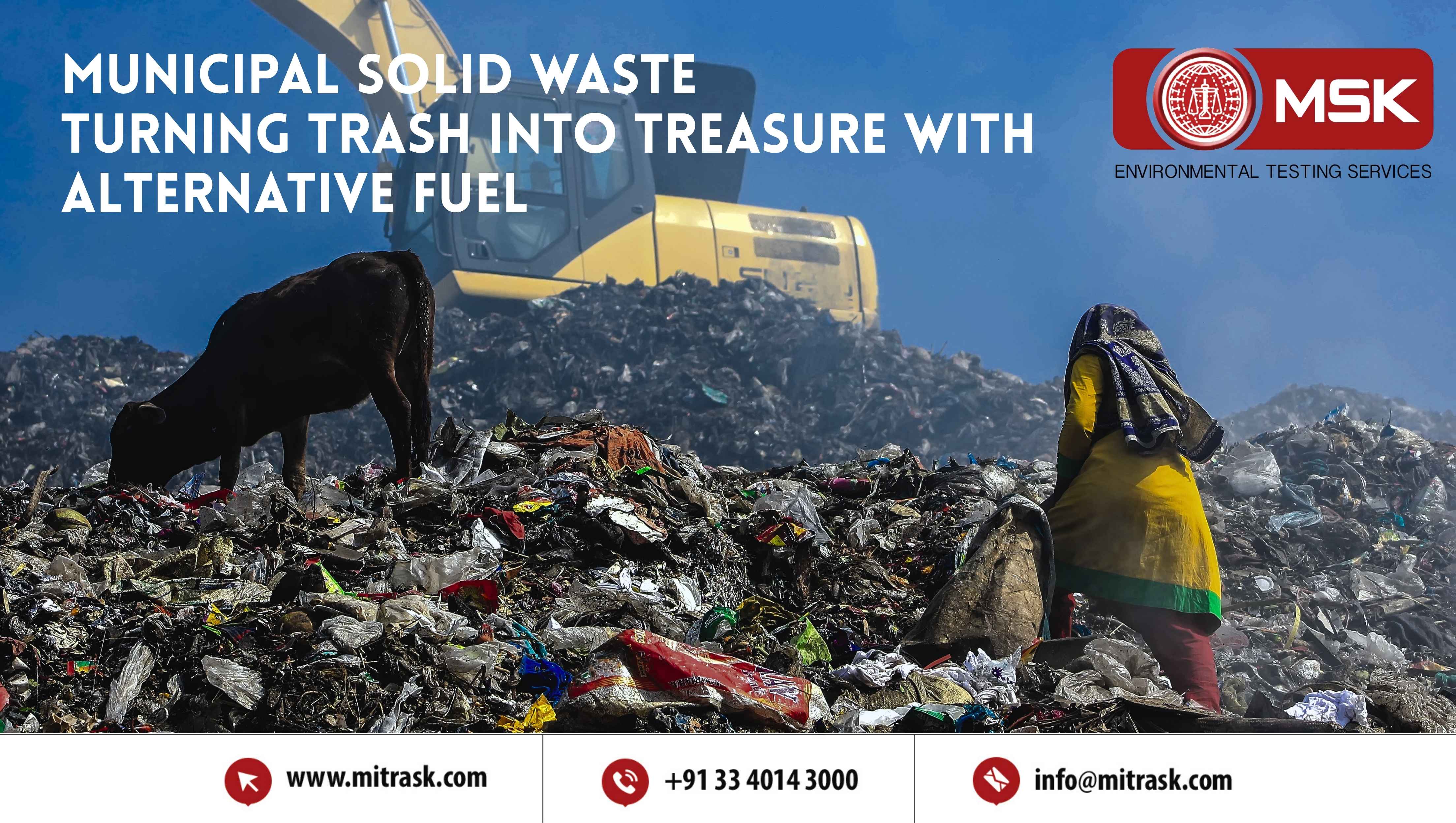
Posted on July 25 2025 By Mitra S.K ADMIN

Posted on July 18 2025 By Mitra S.K ADMIN

Posted on July 01 2025 By Mitra S.K ADMIN

Posted on May 22 2025 By Mitra S.K ADMIN

Posted on January 24 2025 By Mitra S.K ADMIN

Posted on January 24 2025 By Mitra S.K ADMIN
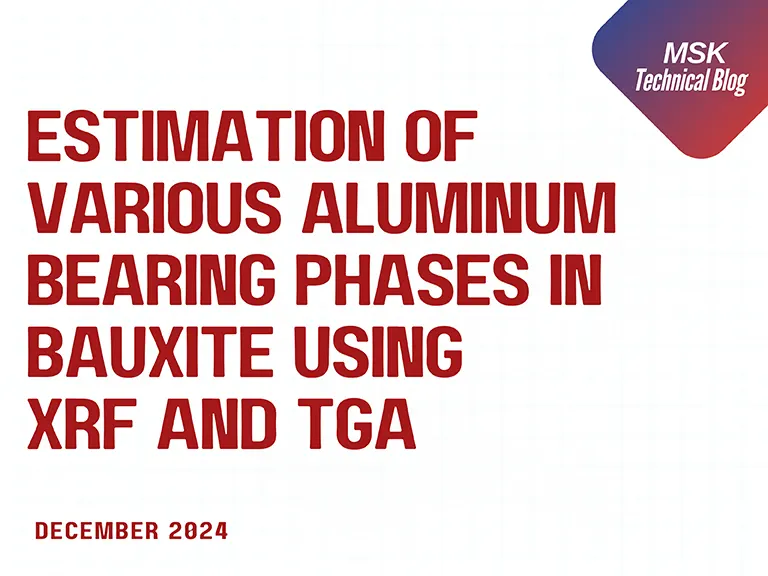
Posted on December 31 2024 By Mitra S.K ADMIN
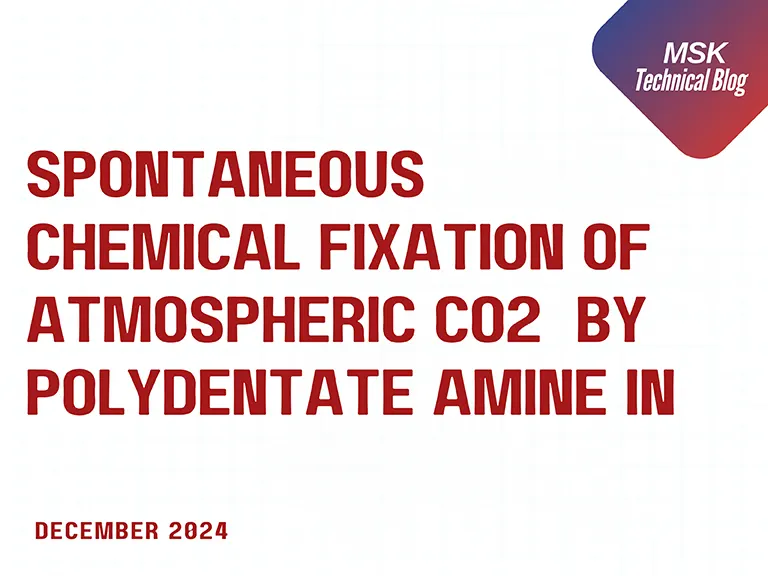
Posted on December 31 2024 By Mitra S.K ADMIN

Posted on December 31 2024 By Mitra S.K ADMIN
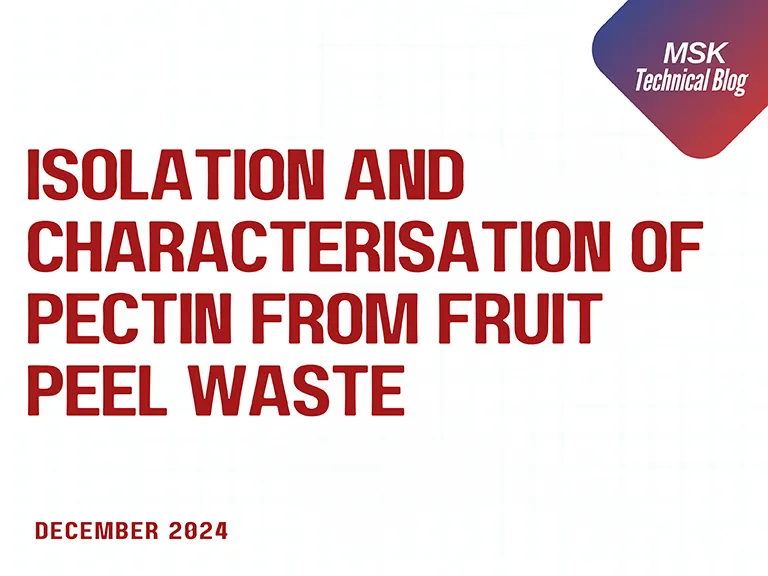
Posted on December 31 2024 By Mitra S.K ADMIN
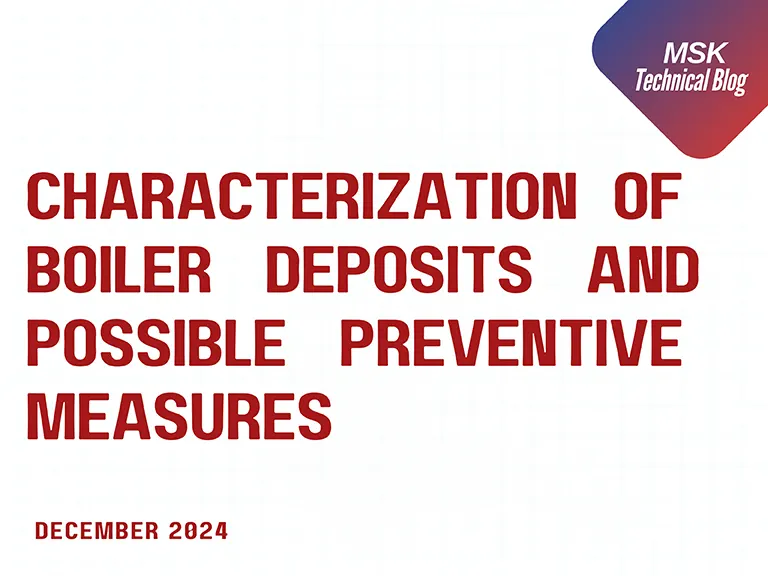
Posted on December 31 2024 By Mitra S.K ADMIN
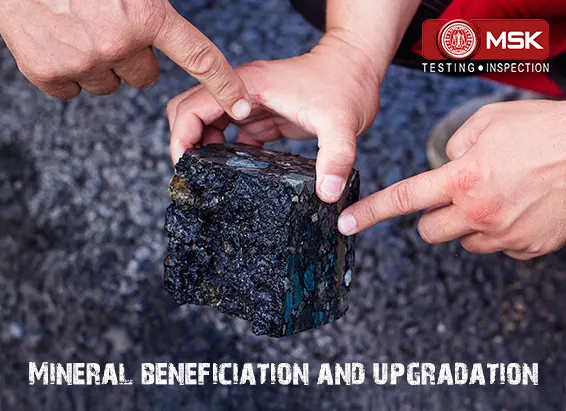
Posted on December 03 2024 By Mitra S.K ADMIN

Posted on October 17 2024 By Mitra S.K ADMIN

Posted on October 04 2024 By Mitra S.K ADMIN
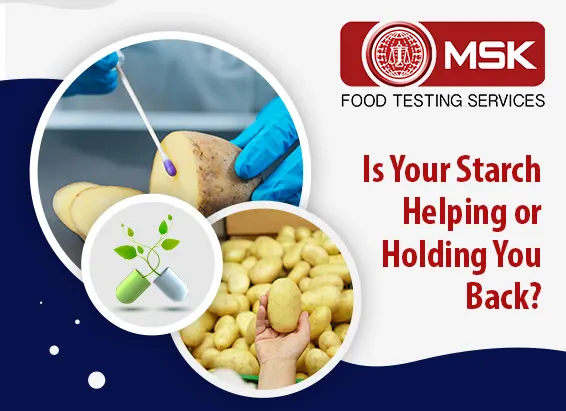
Posted on September 13 2024 By Mitra S.K ADMIN
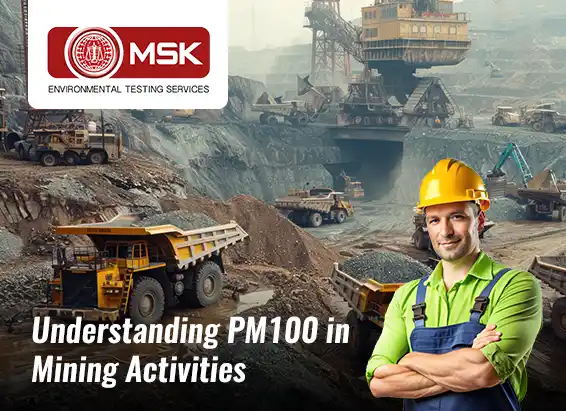
Posted on August 27 2024 By Mitra S.K ADMIN

Posted on August 23 2024 By Mitra S.K ADMIN

Posted on June 27 2024 By Mitra S.K ADMIN

Posted on June 22 2024 By Mitra S.K ADMIN
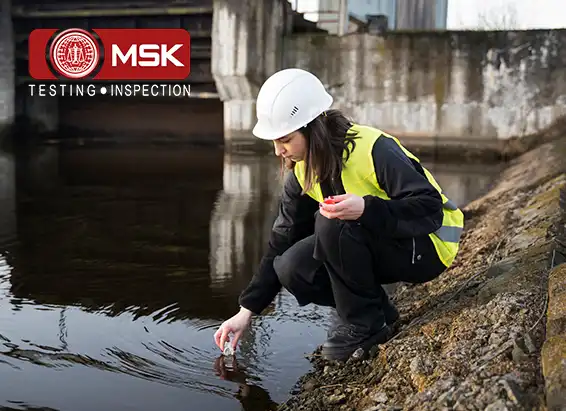
Posted on June 15 2024 By Mitra S.K ADMIN

Posted on May 24 2024 By Mitra S.K ADMIN
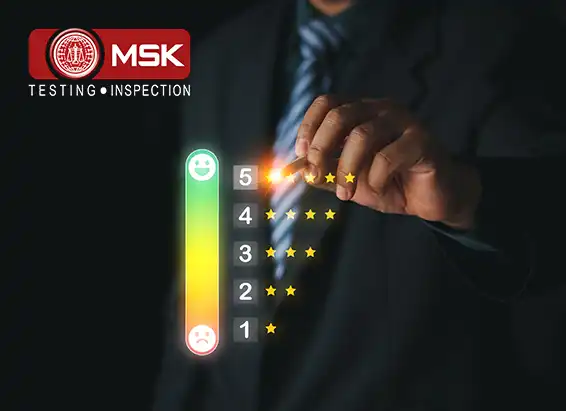
Posted on May 17 2024 By Mitra S.K ADMIN

Posted on May 09 2024 By Mitra S.K ADMIN
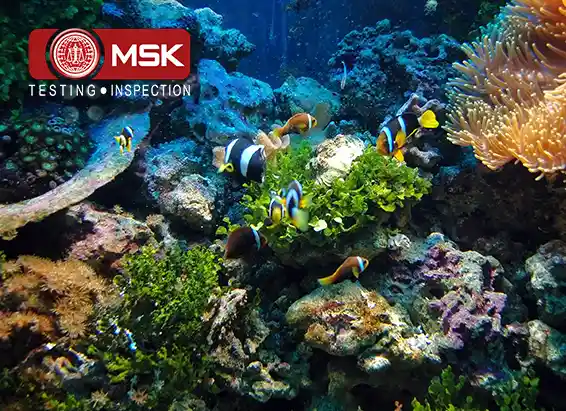
Posted on April 20 2024 By Mitra S.K ADMIN
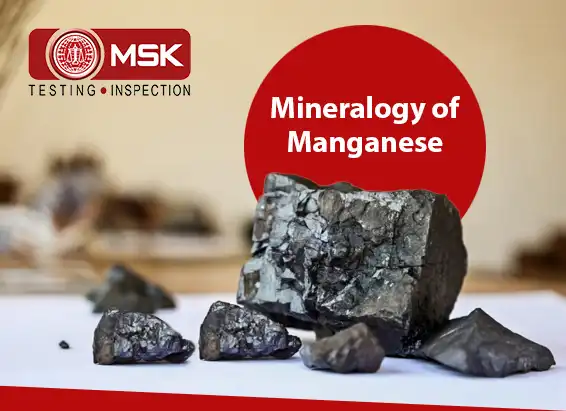
Posted on April 13 2024 By Mitra S.K ADMIN

Posted on April 30 2024 By Mitra S.K ADMIN
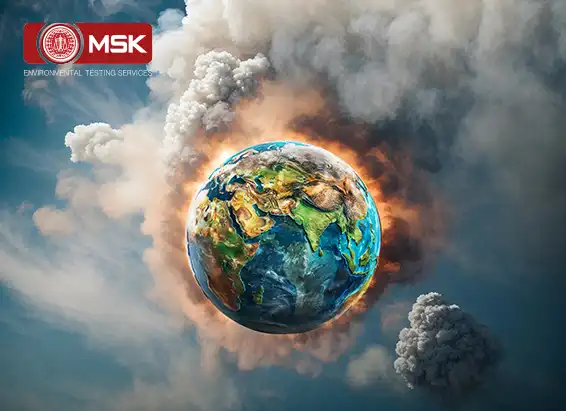
Posted on April 29 2024 By Mitra S.K ADMIN

Posted on December 30 2023 By Mitra S.K ADMIN

Posted on December 30 2023 By Mitra S.K ADMIN
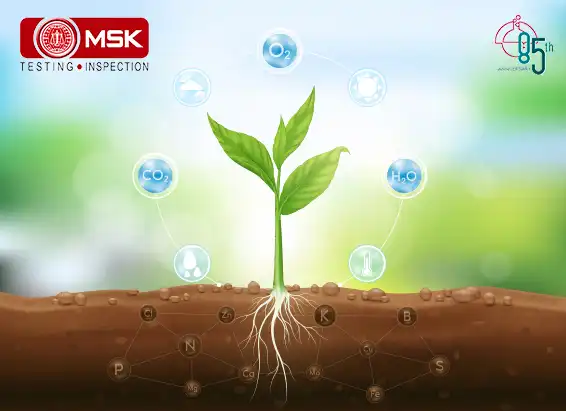
Posted on December 30 2023 By Mitra S.K ADMIN

Posted on December 27 2023 By Mitra S.K ADMIN

Posted on December 27 2023 By Mitra S.K ADMIN
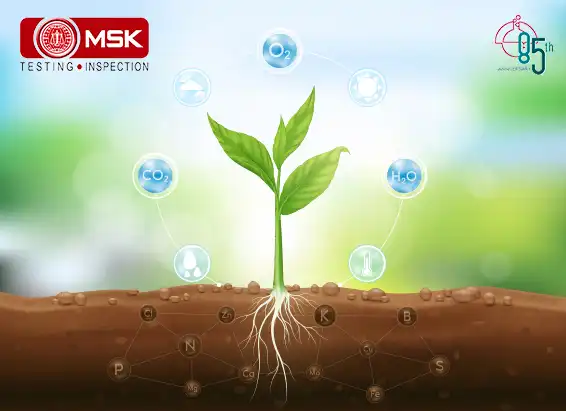
Posted on December 27 2023 By Mitra S.K ADMIN
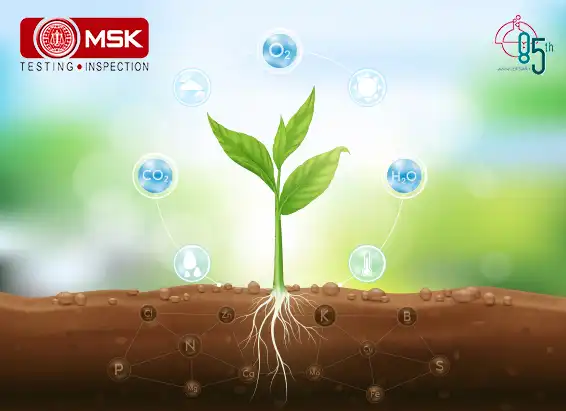
Posted on December 27 2023 By Mitra S.K ADMIN
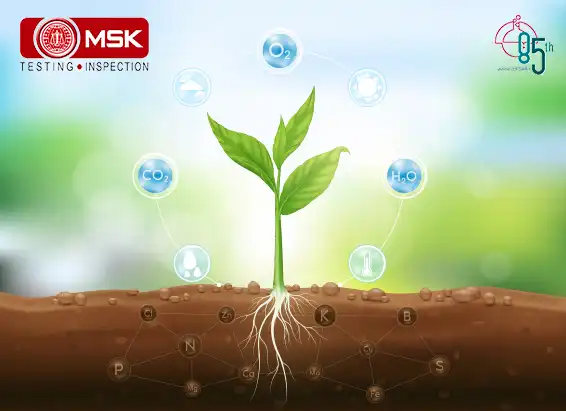
Posted on December 27 2023 By Mitra S.K ADMIN
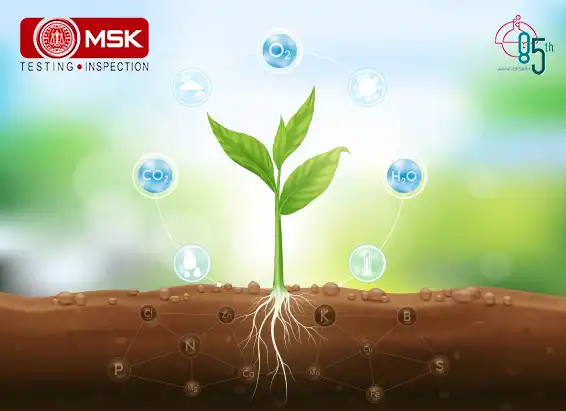
Posted on December 27 2023 By Mitra S.K ADMIN
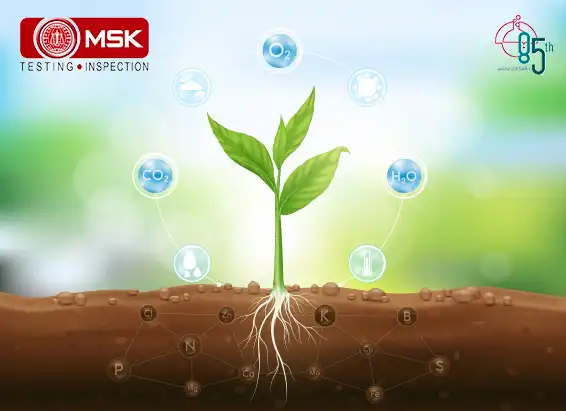
Posted on December 27 2023 By Mitra S.K ADMIN

Posted on December 26 2023 By Mitra S.K ADMIN
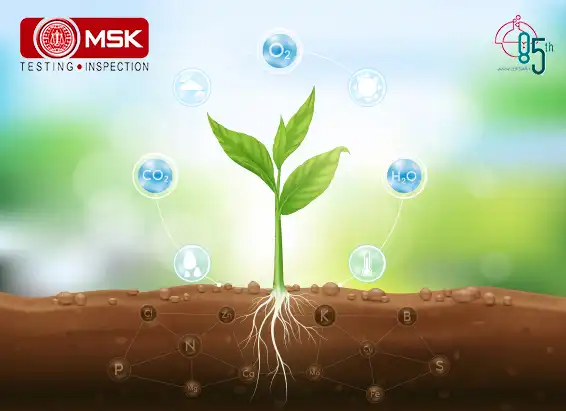
Posted on April 05 2022 By Mitra S.K ADMIN
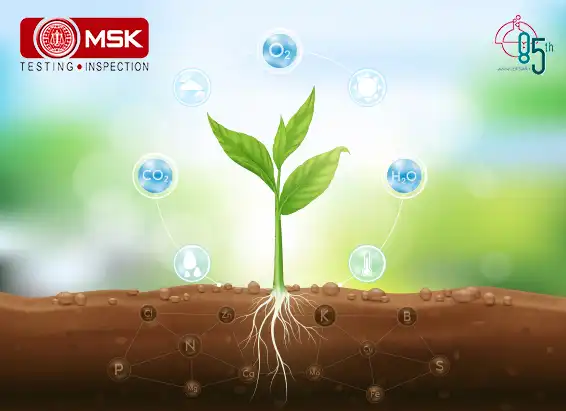
Posted on April 06 2022 By Mitra S.K ADMIN
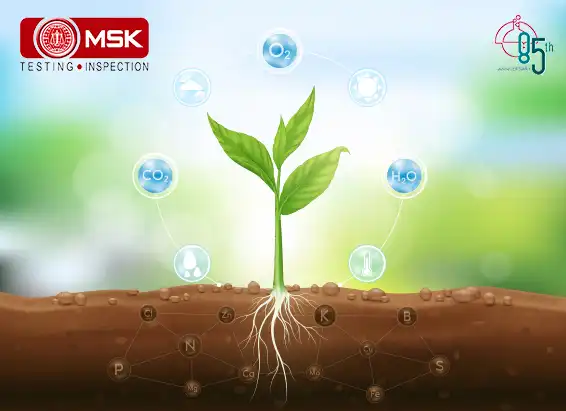
Posted on April 06 2022 By Mitra S.K ADMIN

Posted on April 06 2022 By Mitra S.K ADMIN

Posted on April 06 2022 By Mitra S.K ADMIN
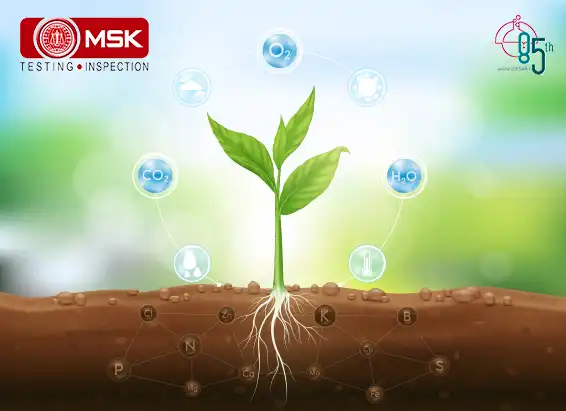
Posted on April 06 2022 By Mitra S.K ADMIN
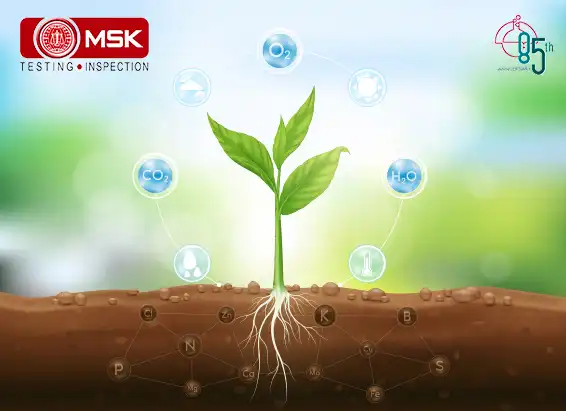
Posted on April 06 2022 By Mitra S.K ADMIN
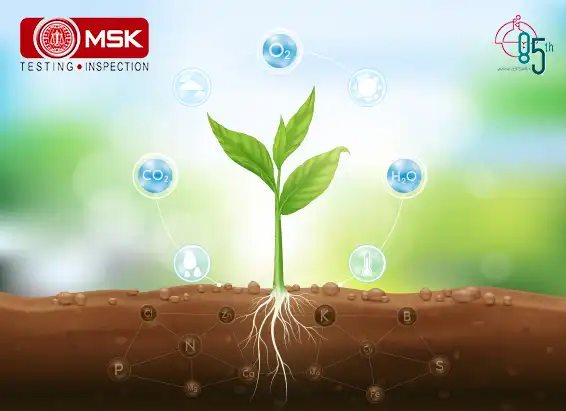
Posted on April 06 2022 By Mitra S.K ADMIN
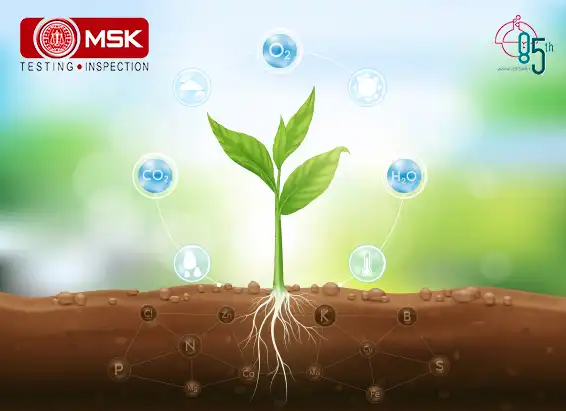
Posted on April 06 2022 By Mitra S.K ADMIN
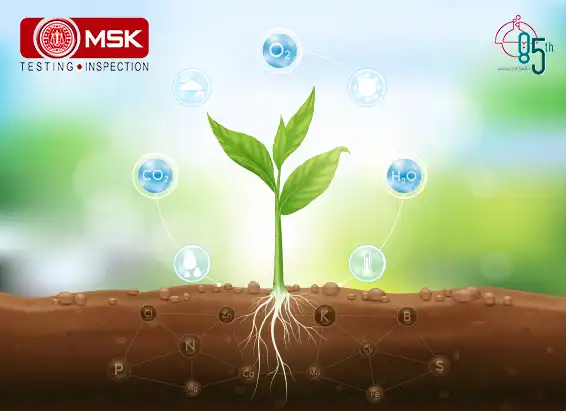
Posted on April 06 2022 By Mitra S.K ADMIN
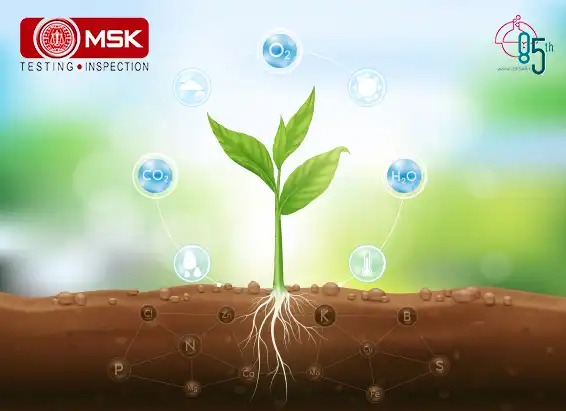
Posted on April 06 2022 By Mitra S.K ADMIN
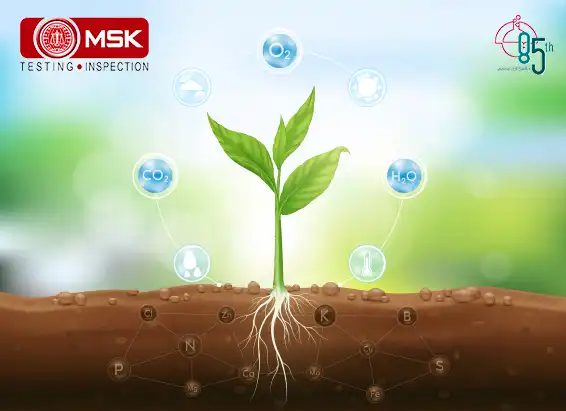
Posted on April 06 2022 By Mitra S.K ADMIN
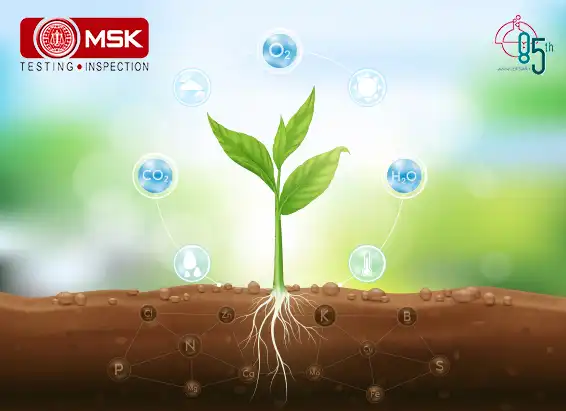
Posted on April 06 2022 By Mitra S.K ADMIN

Posted on November 28 2022 By Mitra S.K ADMIN
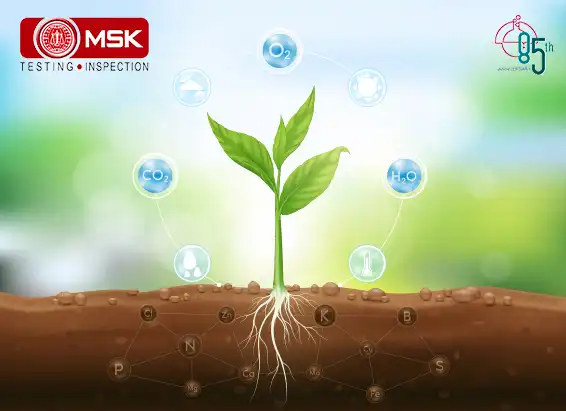
Posted on April 06 2022 By Mitra S.K ADMIN
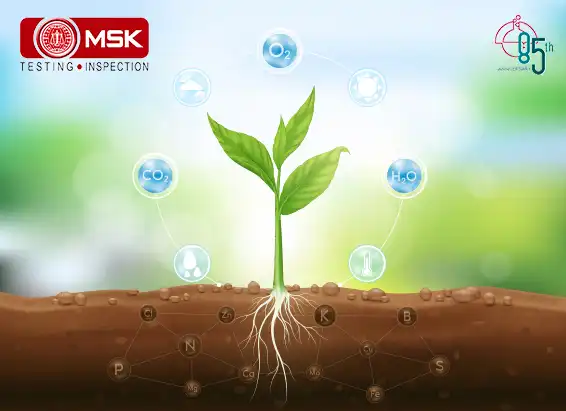
Posted on April 06 2022 By Mitra S.K ADMIN
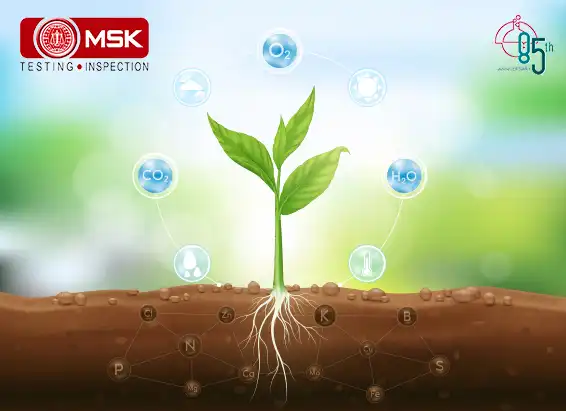
Posted on April 06 2022 By Mitra S.K ADMIN

Posted on November 28 2022 By Mitra S.K ADMIN
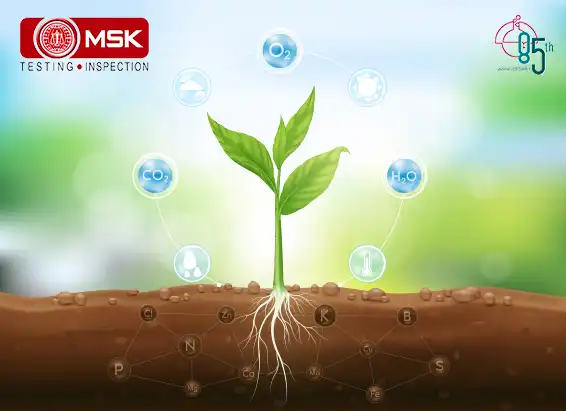
Posted on June 14 2022 By Mitra S.K ADMIN
